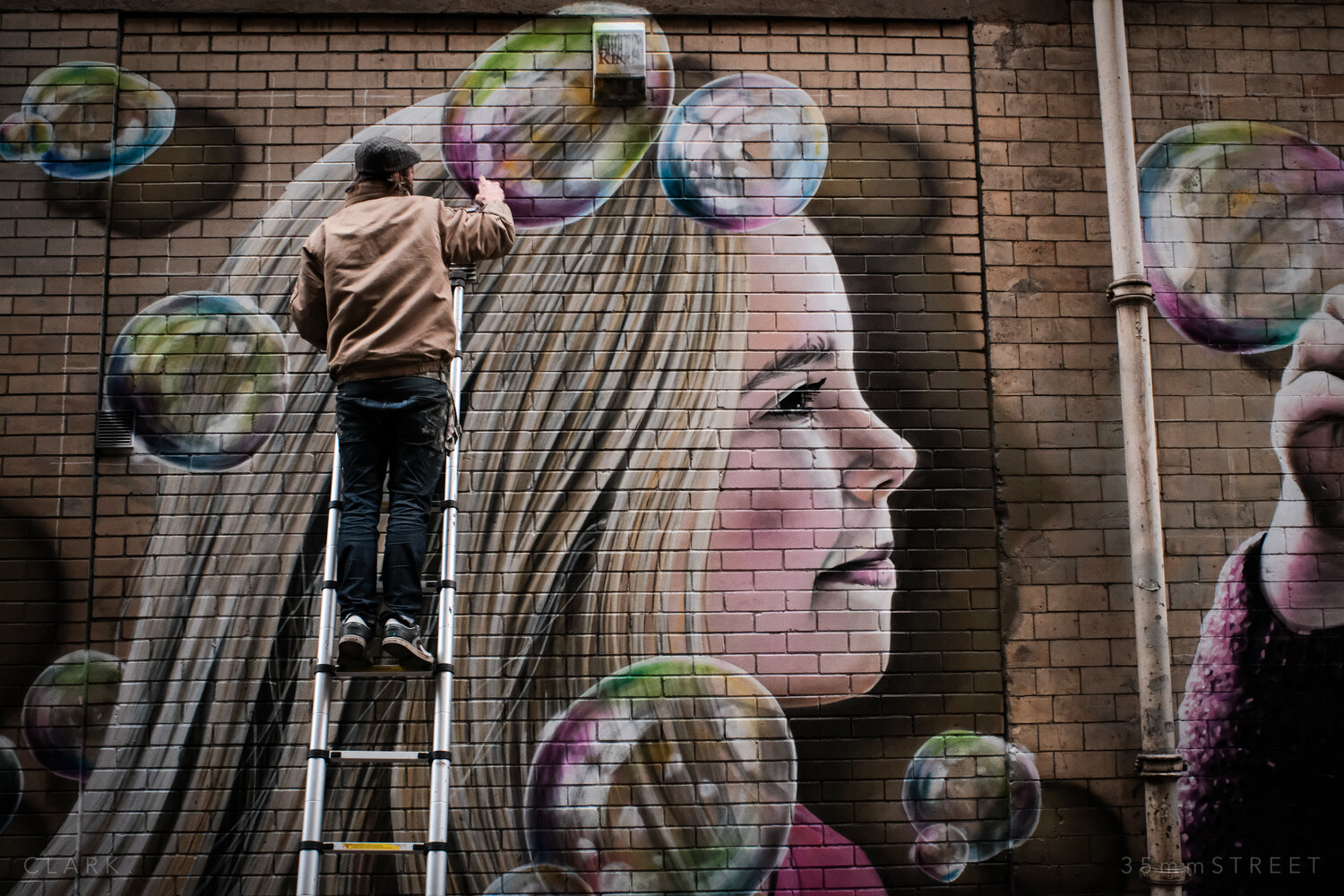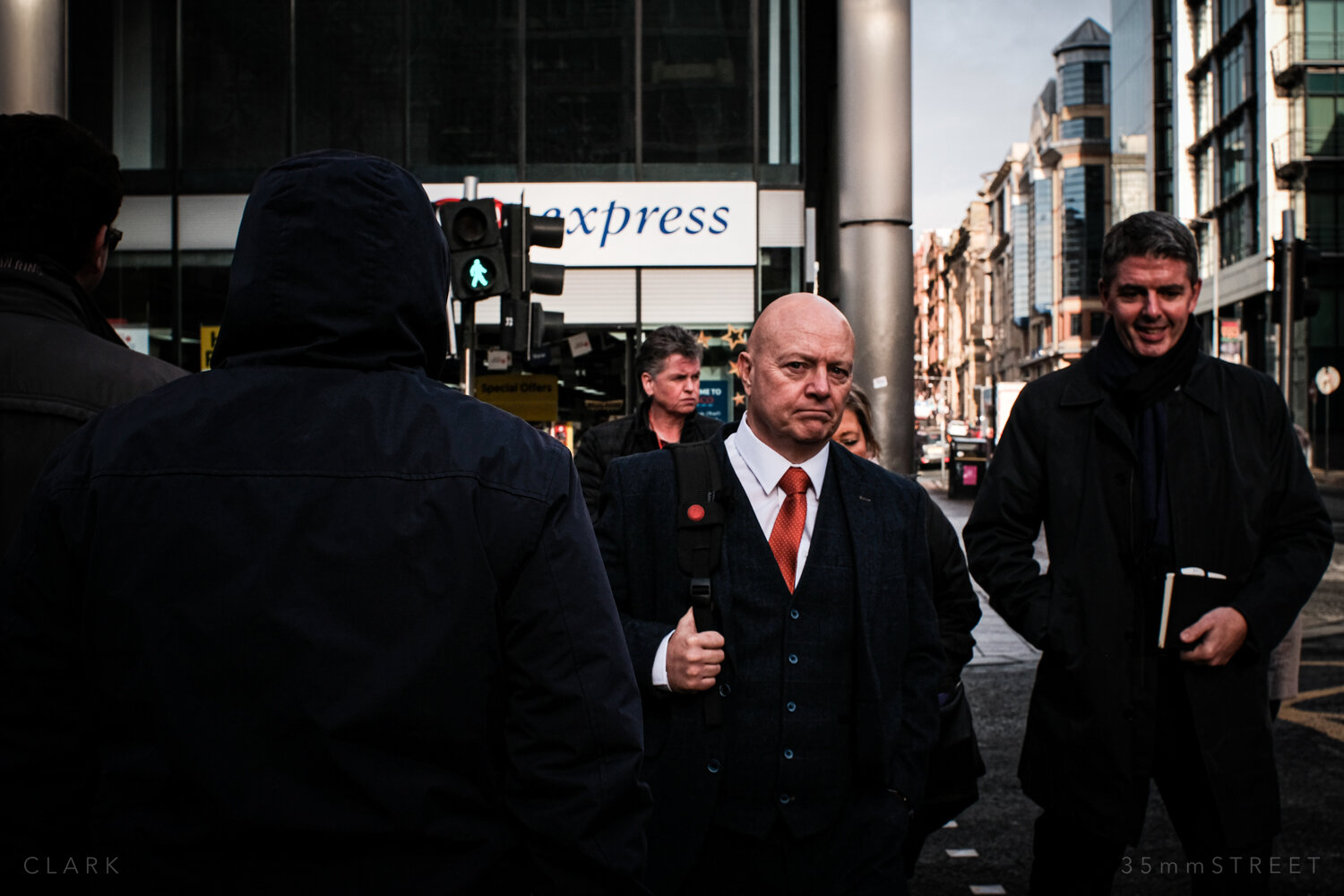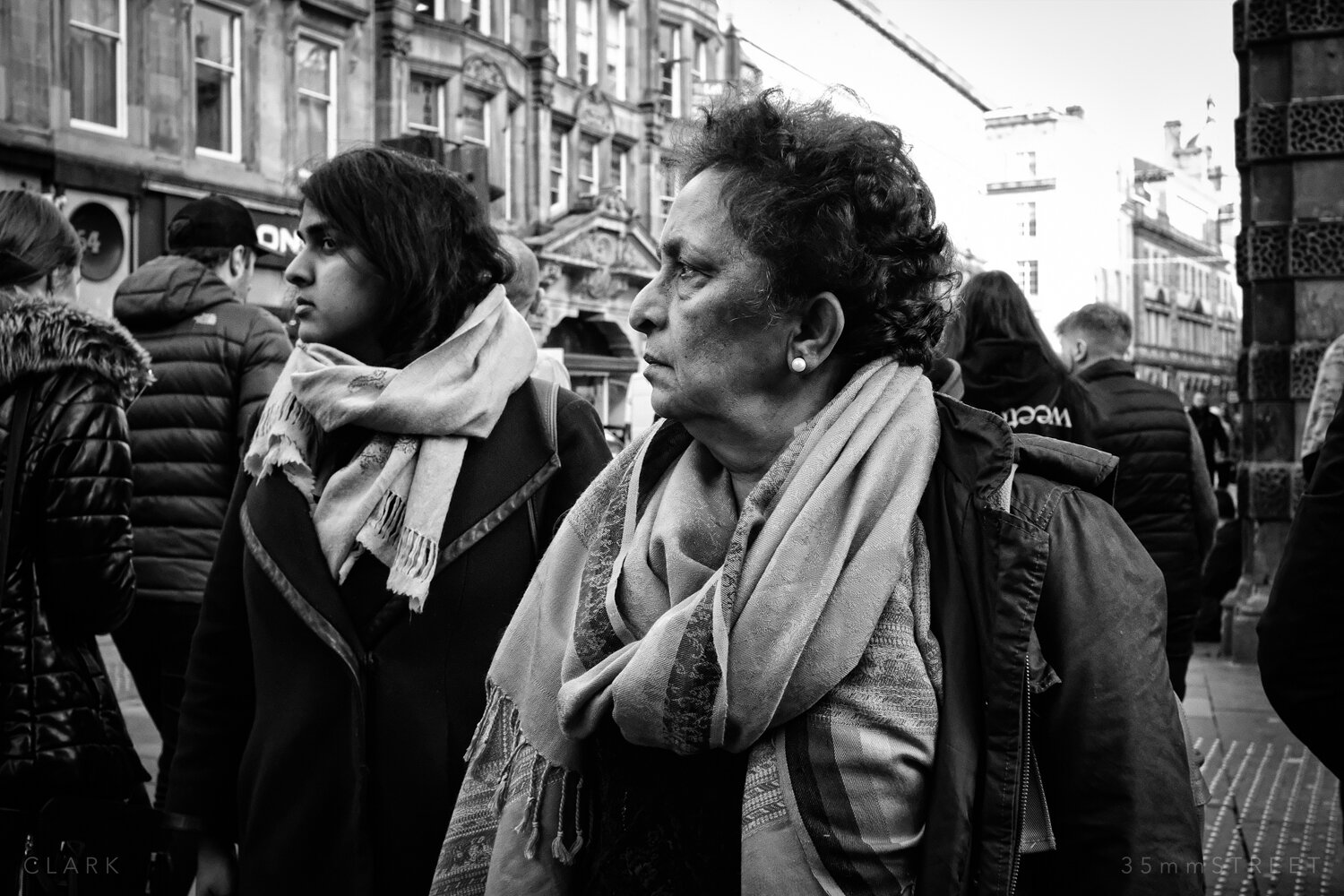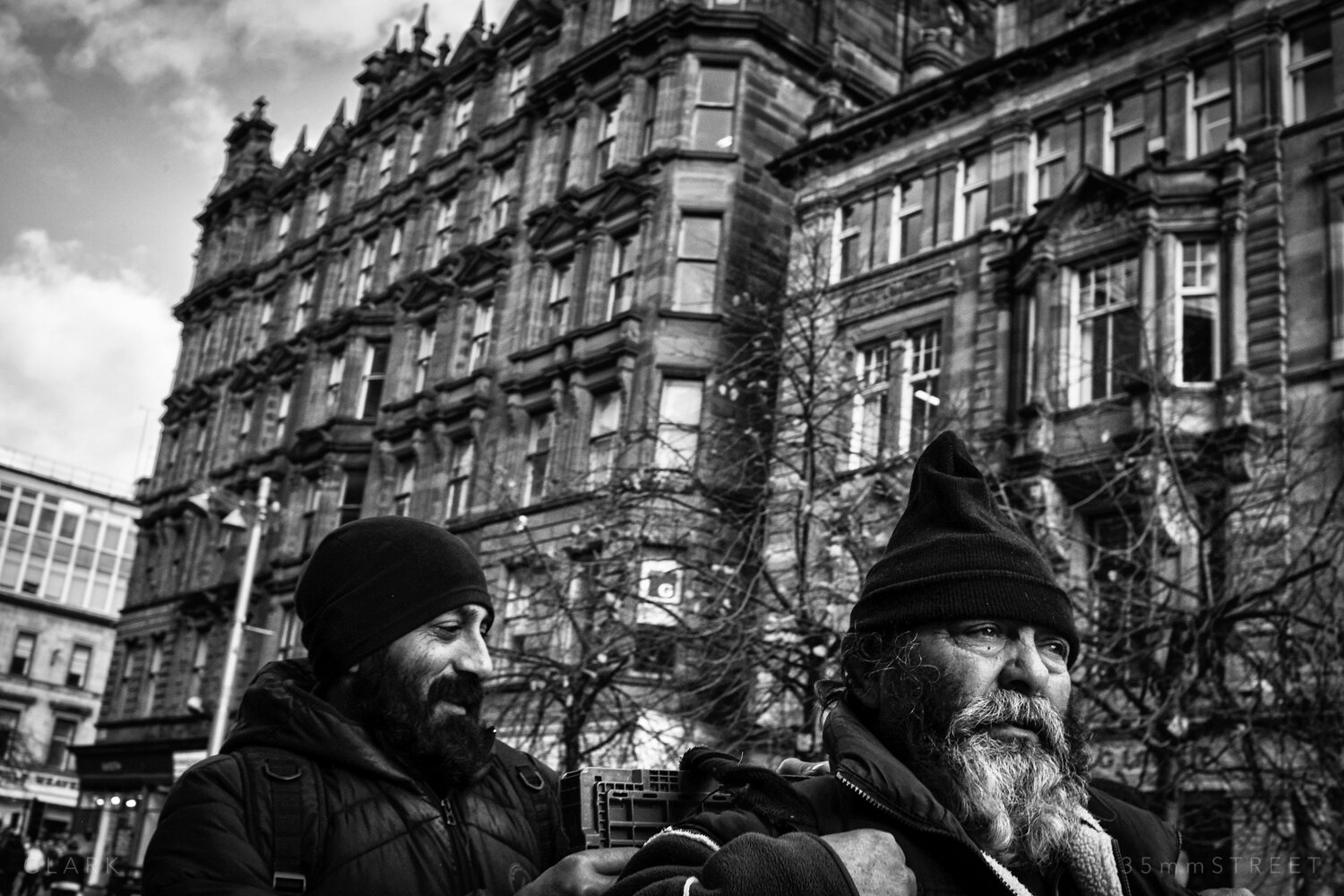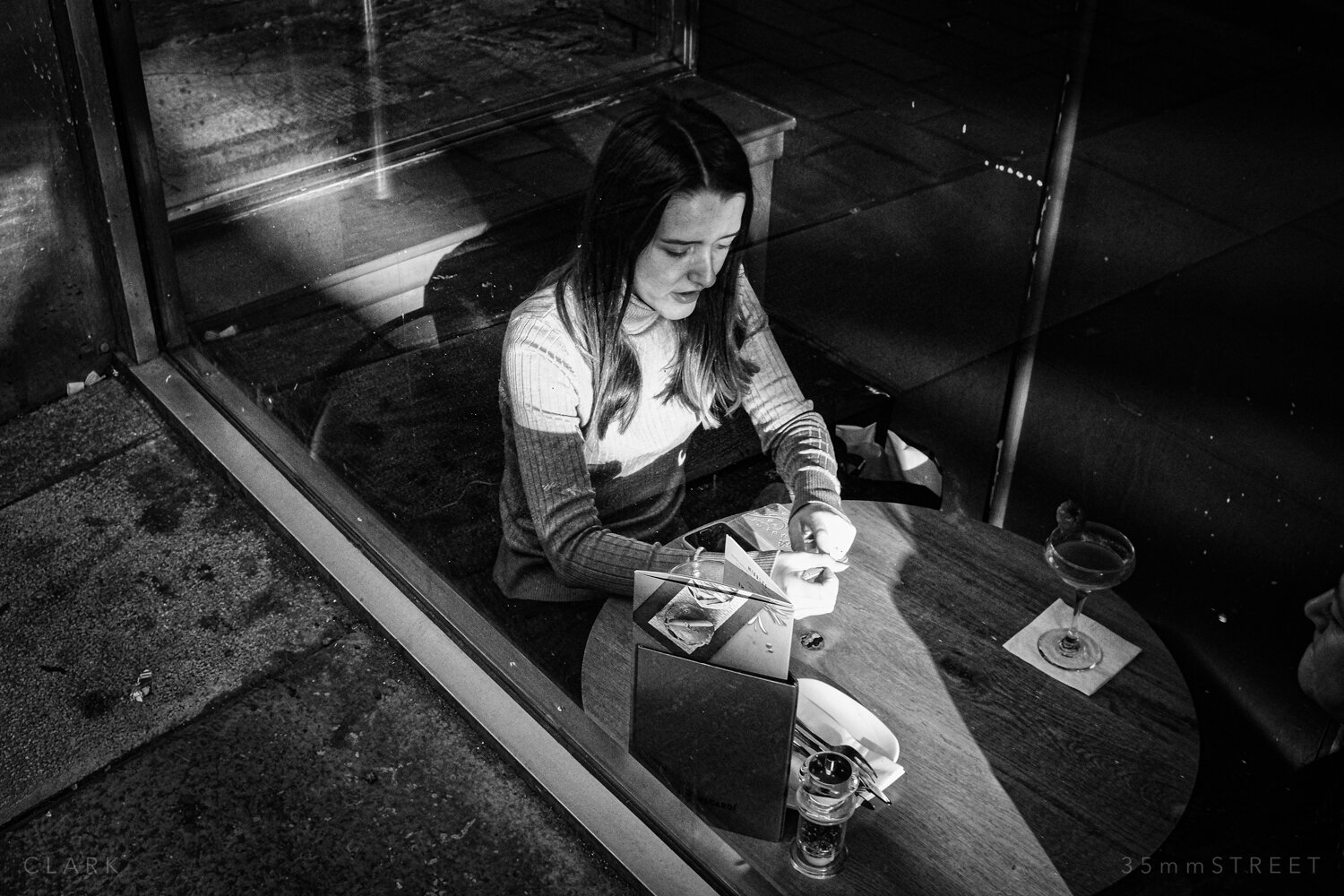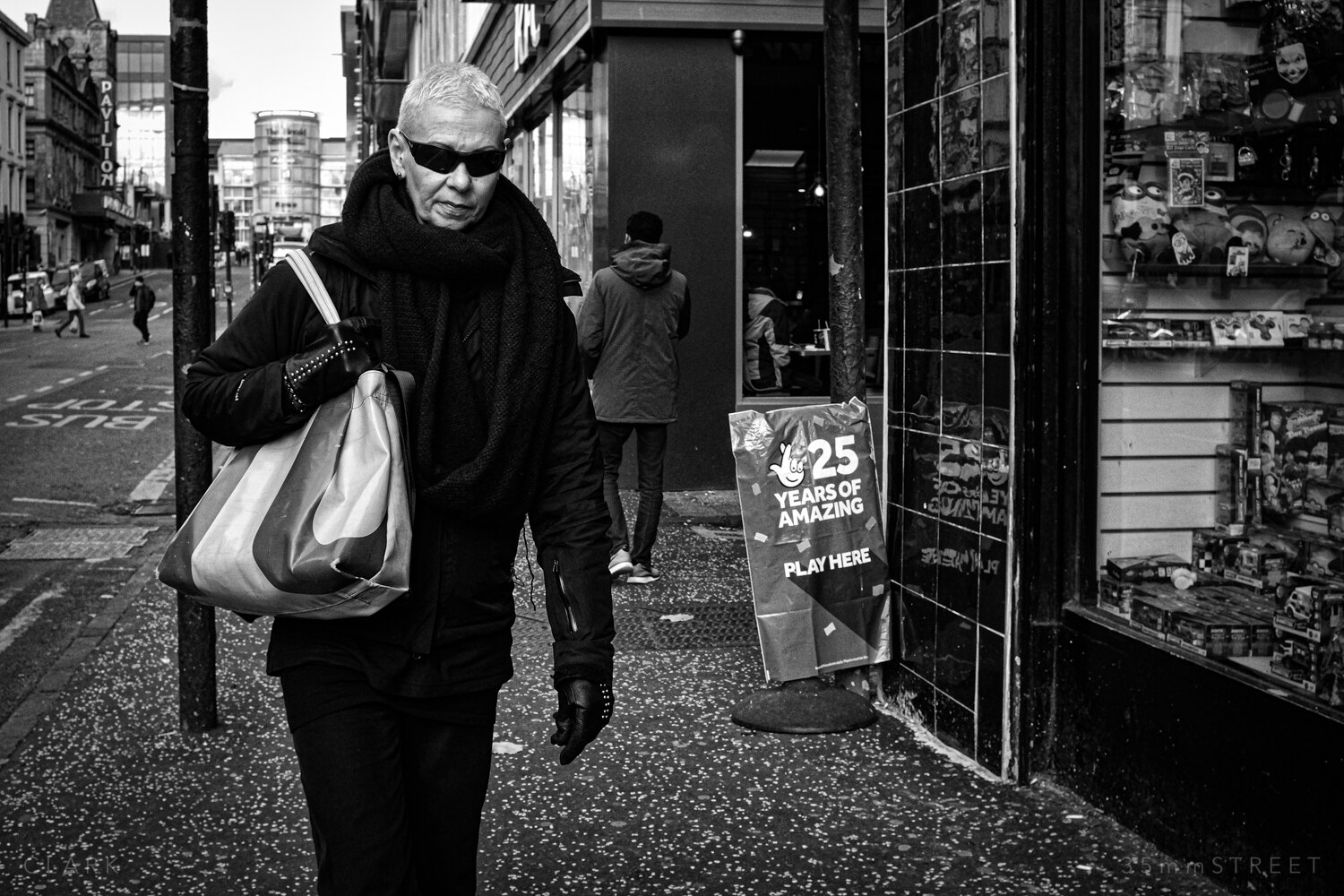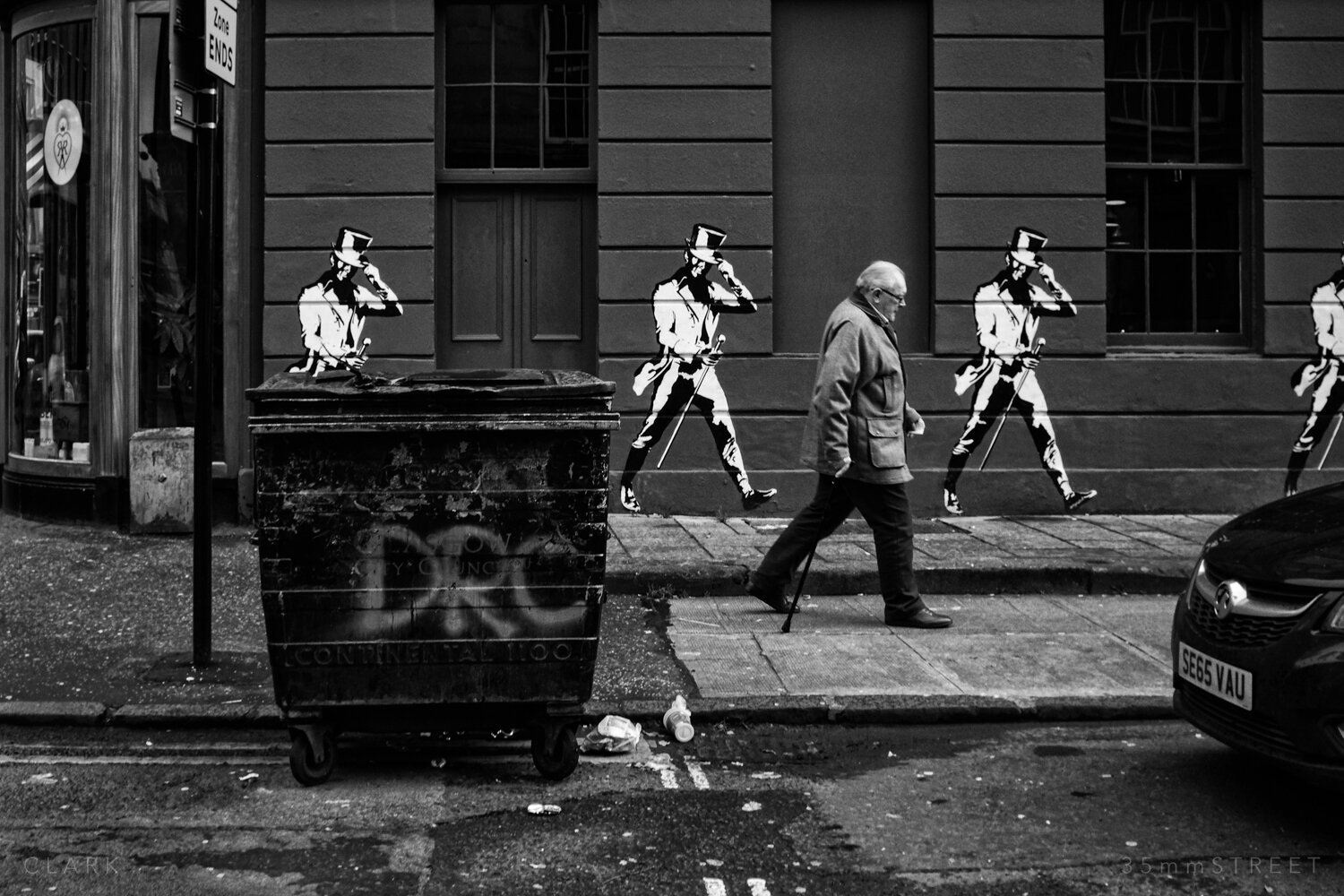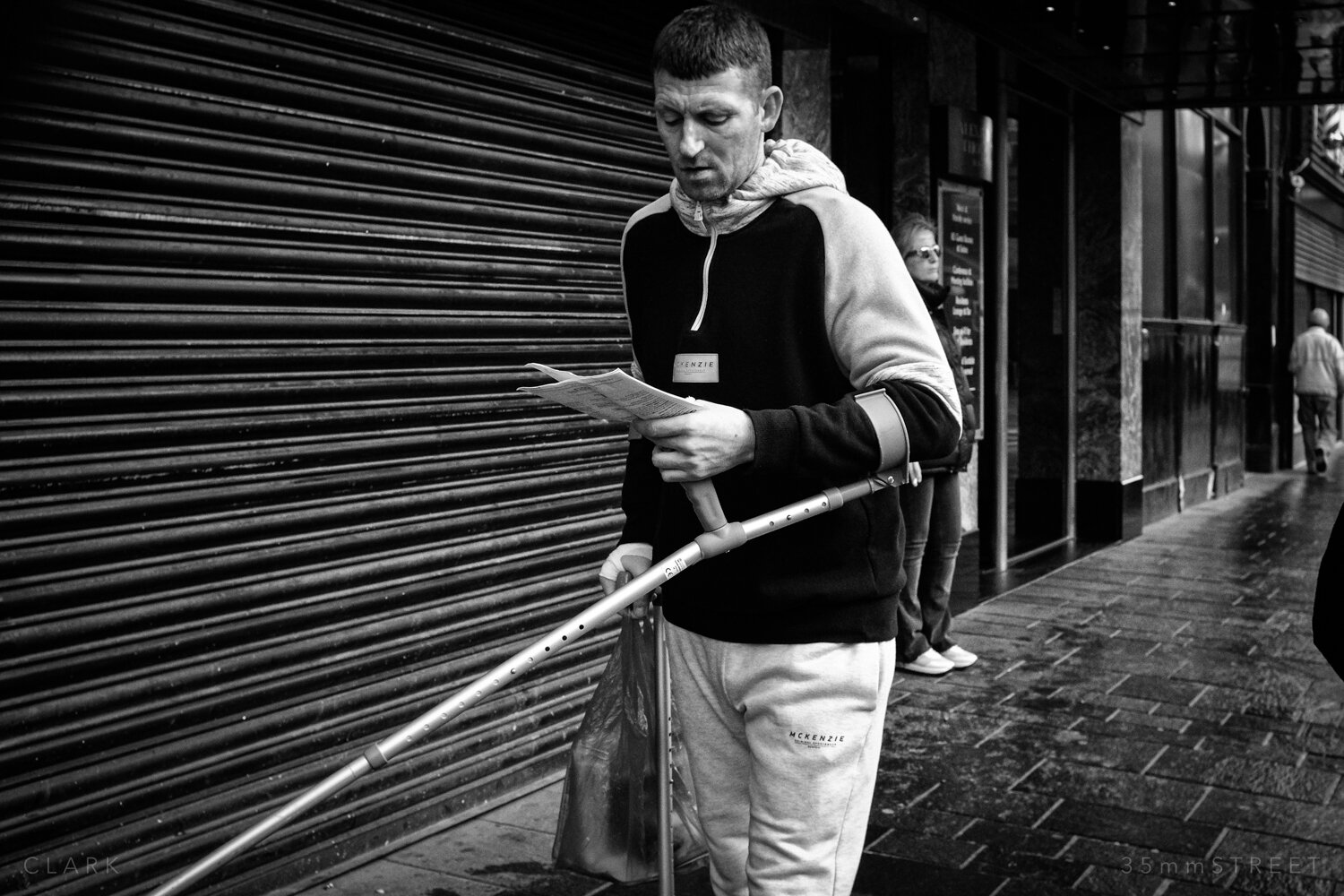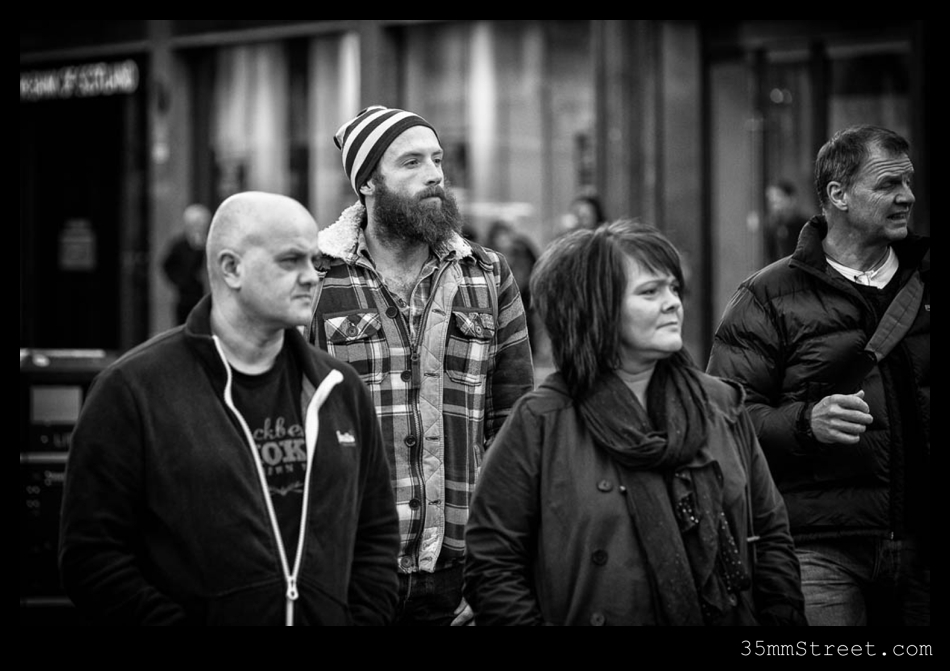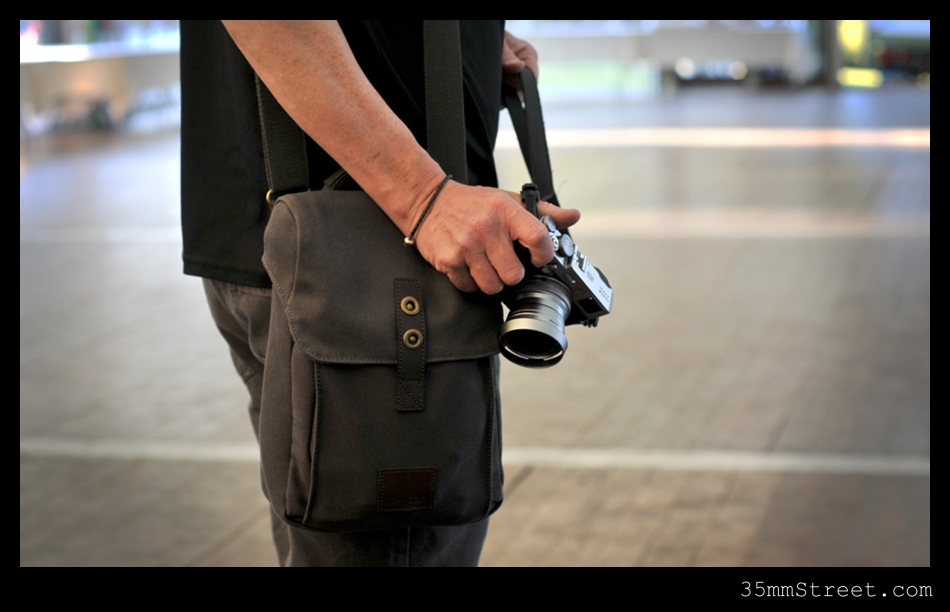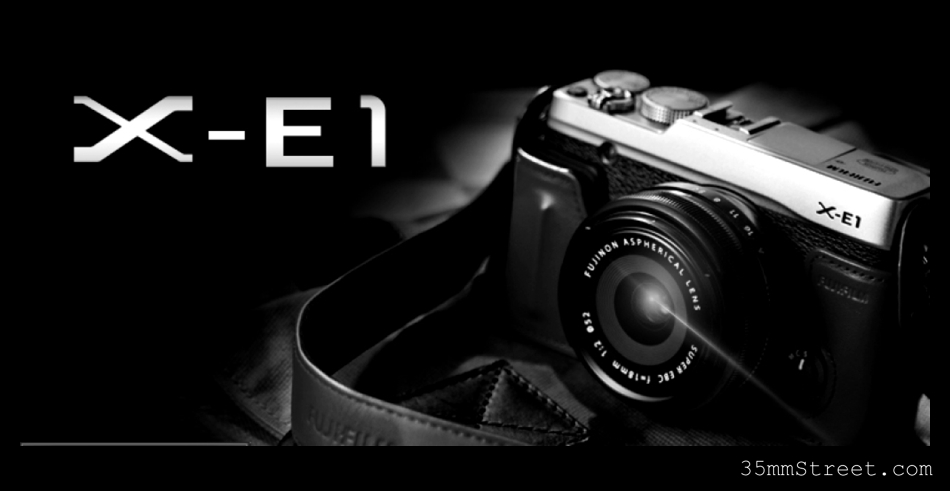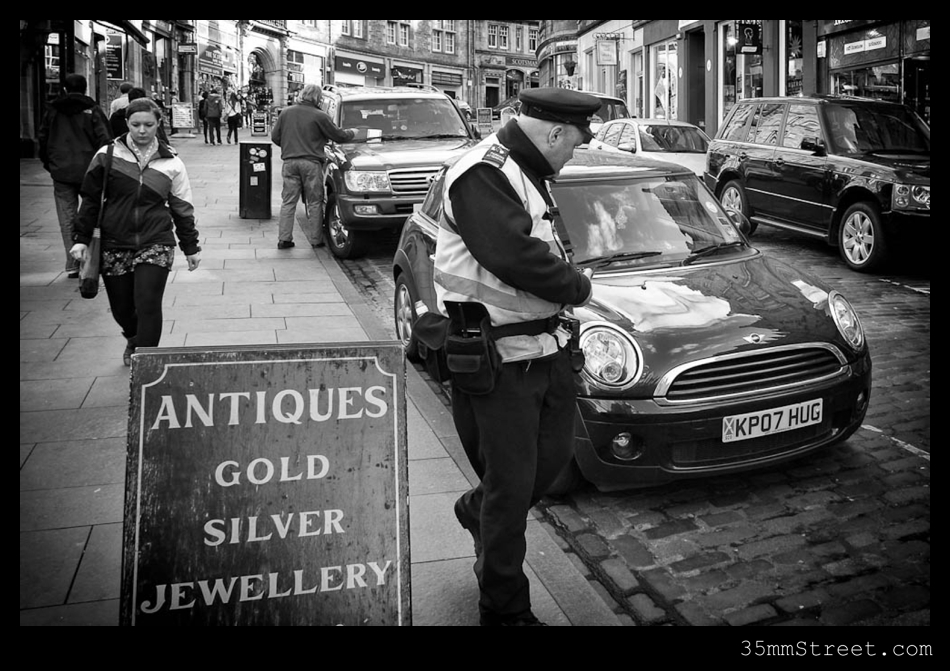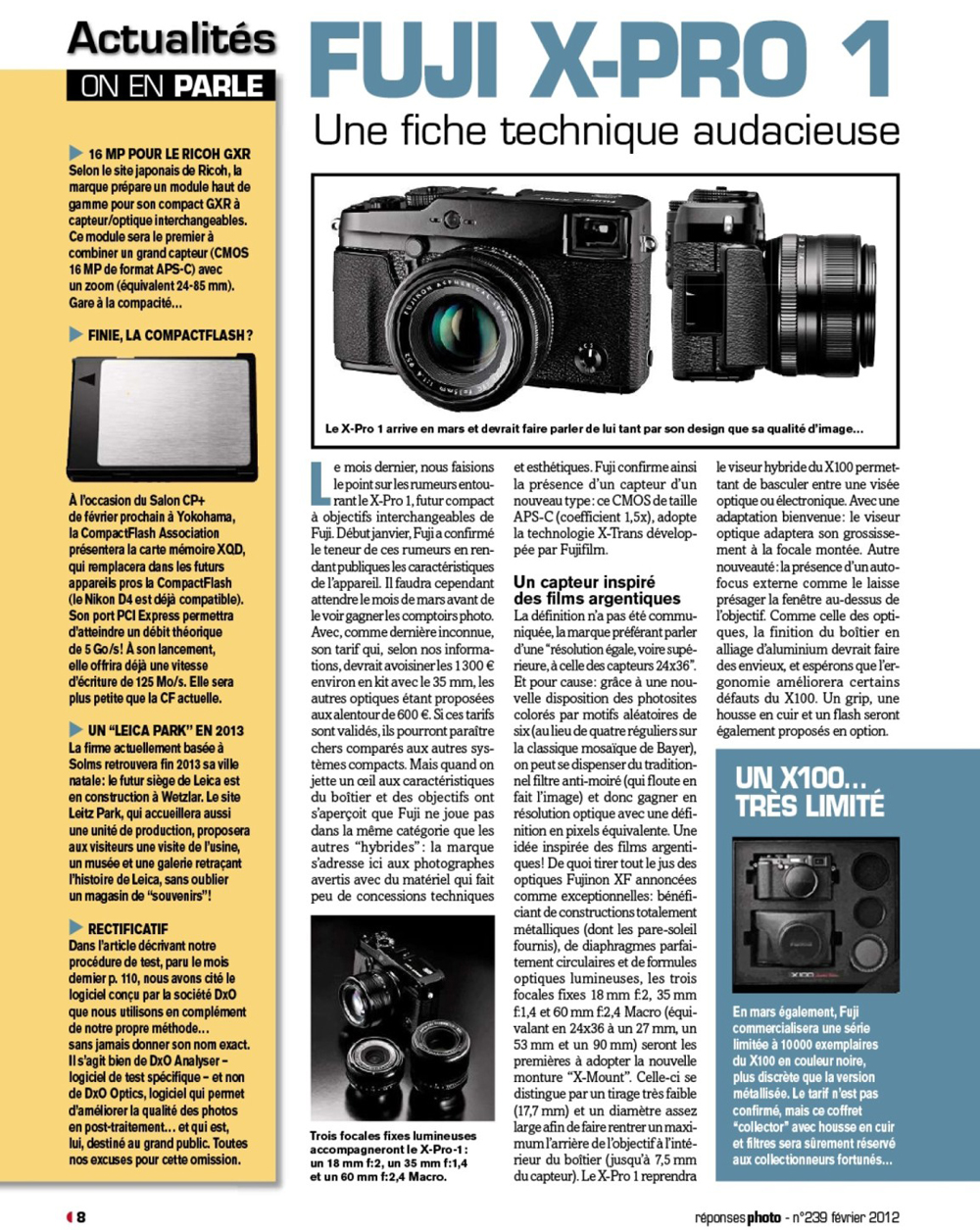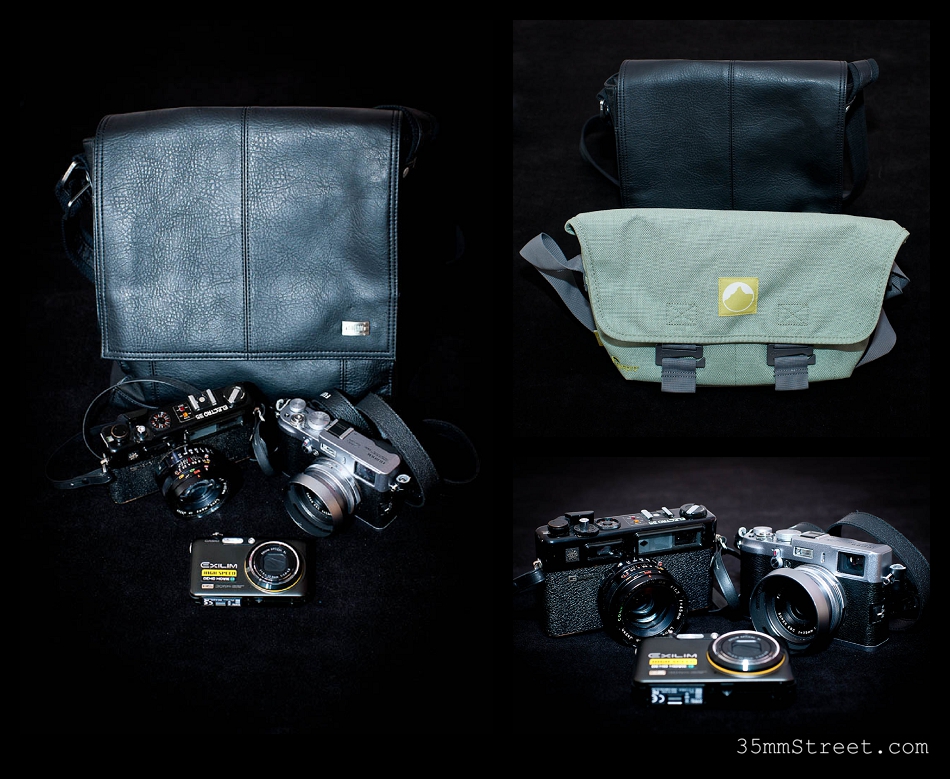I recently posted a review of The Meike 25mm f1.8 manual focus lens on my regular blog (also on this site). Feel free to go check that out. But I wanted to post a bunch of street photography pictures here to show and talk about how this lens is suited to the street photographer. You can also buy the lens HERE
If you fantasise about roaming the streets with a Leica M, but are unable to afford such an expensive camera (Sadly I’m in that department), then maybe a manual focus lens will get you part of the way there. Attaching the Meike 25mm f1.8 to my X-Pro2 changed both the way that camera performs and feels, and changed the way I shoot with it too. But it’s not just about switching to manual mode, there’s more too it than that. It slows you down, makes you more precise, and forces you to pay more attention to what is in your frame.
At the equivalent focal length of around 38mm in full-frame terms, the 25/1.8 is not the easiest lens to use for zone focusing. It’s not quite wide enough in my opinion (28mm FF being the sweet spot for me). But with a little practice, you can quickly get used to focusing manually and nailing the shot. Not only is this possible with static subjects, but with subjects moving toward you too.
The 25/1.8 is very smooth to focus and just the right stiffness to make sure not to overrun the desired position by accident. I bought a focusing tab made by TAAB in the US. This product really makes the Meike lens perform better (or perhaps the photographer), but TAAB are in dire need of worldwide distributors and the experience of buying and shipping from the U.S. isn’t a good one. But I’m glad I have one now.
The Meike lens is not the sharpest wide open, but f2.8 and beyond is fine. I mostly shoot at f8 or f11, so there is no problem for street. I wish Meike would have used different colours for the metres and feet markings to be able to tell them apart at a glance. I also wish the centre, focus mark would have been brightly coloured. I find it more difficult to see at a glance than I would have liked. I have used an orange piece of stick paper cut into a triangle for a few weeks, but this is starting to wear away. So my next attempt will be to put a little dot of yellow or orange luminous paint. Talking about this centre marking; it’s worth mentioning that it is not actually bang in the centre, but slightly to the right as you look straight down from camera position (photographers view). I thought this might just be my copy, but a friend of mine bought one and his is exactly like mine. I bit annoying!
I would definitely recommend trying a manual focus lens for your street photography. It’s a different experience and the size of this little 25mm is great (especially on a rangefinder-style body like the X-Pro2, X-E3 etc). Sometimes you just need to change things up. I can get a little too comfortable with zone focusing using the X70 from the hip, but there’s nothing like using a viewfinder.
So set your camera up in a minimal way. Make it function like a film camera, then add a manual focus lens to the mix, and get out there and feel like a purest (albeit a digital one perhaps).


